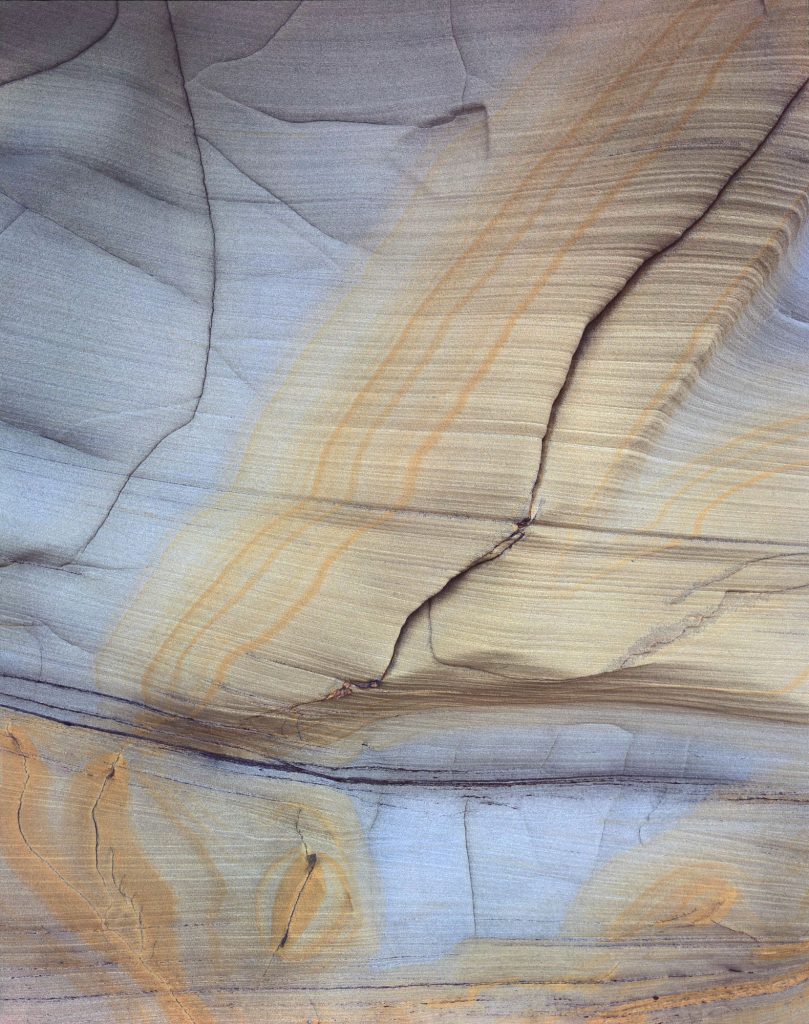The traditional account of art photography is one of the individual artist innovating and creating an art object on their own. This subjective tradition in modernity is premised on the metaphysics of the duality of subject and object, with its notion of a detached, knowing subject separate from the world creating art objects designed to provide aesthetic experiences that are pleasurable. This displaced the older classical Greek ethical conception of art, which took for granted that the point of art was to be ‘truth’-disclosing, to disclose to its audience, at least the outline, the shape of the proper way to live.
Photography as art work and writing about photography is always a site in history from which we inevitably inherit a photographic/art past that is always more or less explicitly grasped. The definitively modern attempt to found photography in and for itself independently of the tradition exacerbates an already quite traditional tendency to ‘fall prey’ to the past, and that is to say, to adopt the concepts inherited from the past unthinkingly and as self-evident, with neither the concern nor the ability to return to the sources from which they issued.
The openness of a conversations or dialogue offers a possible way for photography’s self-overcoming of its subjectivity as it implies a being-in-the-world with others, engaging with others (historical and contemporary) and being influenced by the past and present art works within a world of historical cultural meanings. This conversation is an interactive process with a dialogue structure of interpretation of various images and texts between, say two different photographers. The pre-modern background is a Socratic dialogue of questioning and answering as a way of understanding a philosophical issue, or in this case similar particular photographic projects.



